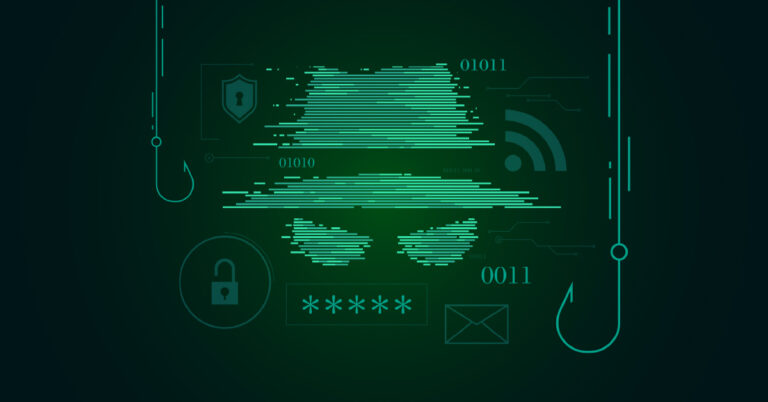Winter Weather Alert: Due to inclement weather and for the safety of our customers and team members, all Central Iowa branches are closed today, November 29. Customer Service will remain available until noon for assistance. Stay safe!
Winter Weather Alert: Due to inclement weather and for the safety of our customers and team members, all Central Iowa branches are closed today, November 29. Customer Service will remain available until noon for assistance. Stay safe!
Winter Weather Alert: Due to inclement weather and for the safety of our customers and team members, all Central Iowa branches are closed today, November 29. Customer Service will remain available until noon for assistance. Stay safe!

Phishing attacks continue to remain one of the biggest cyber threats, targeting both individuals and businesses alike. According to the U.S. Army Reserve, 3.4 billion phishing emails are sent daily around the globe. These phishing attacks can lead to data breaches, ransomware infections, identity theft, and more. The first step in protecting yourself from a phishing scam is learning to spot the warning signs.
Phishing is a cyberattack that attempts to gain access to your money or your personal information, primarily carried out via email. These scammers may pretend to be reputable companies, friends, coworkers, or other trusted individuals, when in fact, they are fake accounts sending emails that may contain malicious links or attachments.
Imagine you are scrolling through your email inbox and come across a message that appears to be from a shipping company. The email claims that the company was unable to deliver a package to you, and for you to receive the shipment, you must click a link to verify your information immediately.
The contents of this message should send off warning signals in your mind.
As scammers increasingly use artificial intelligence to craft emails, traditional warning signs like spelling mistakes, poor grammar, and formatting issues are less common. Instead, be alert for these red flags that may indicate a phishing attempt:
If you believe that you have received a phishing email, you should report it immediately.
If you receive a phishing email at work, review your company’s IT policy for phishing reporting.
Share This Article
West Bank is not responsible for the content or policy on this hyperlinked website. West Bank does not represent you or the hyperlinked website, should you enter into a transaction. This link is provided for your convenience. Would you like to continue?